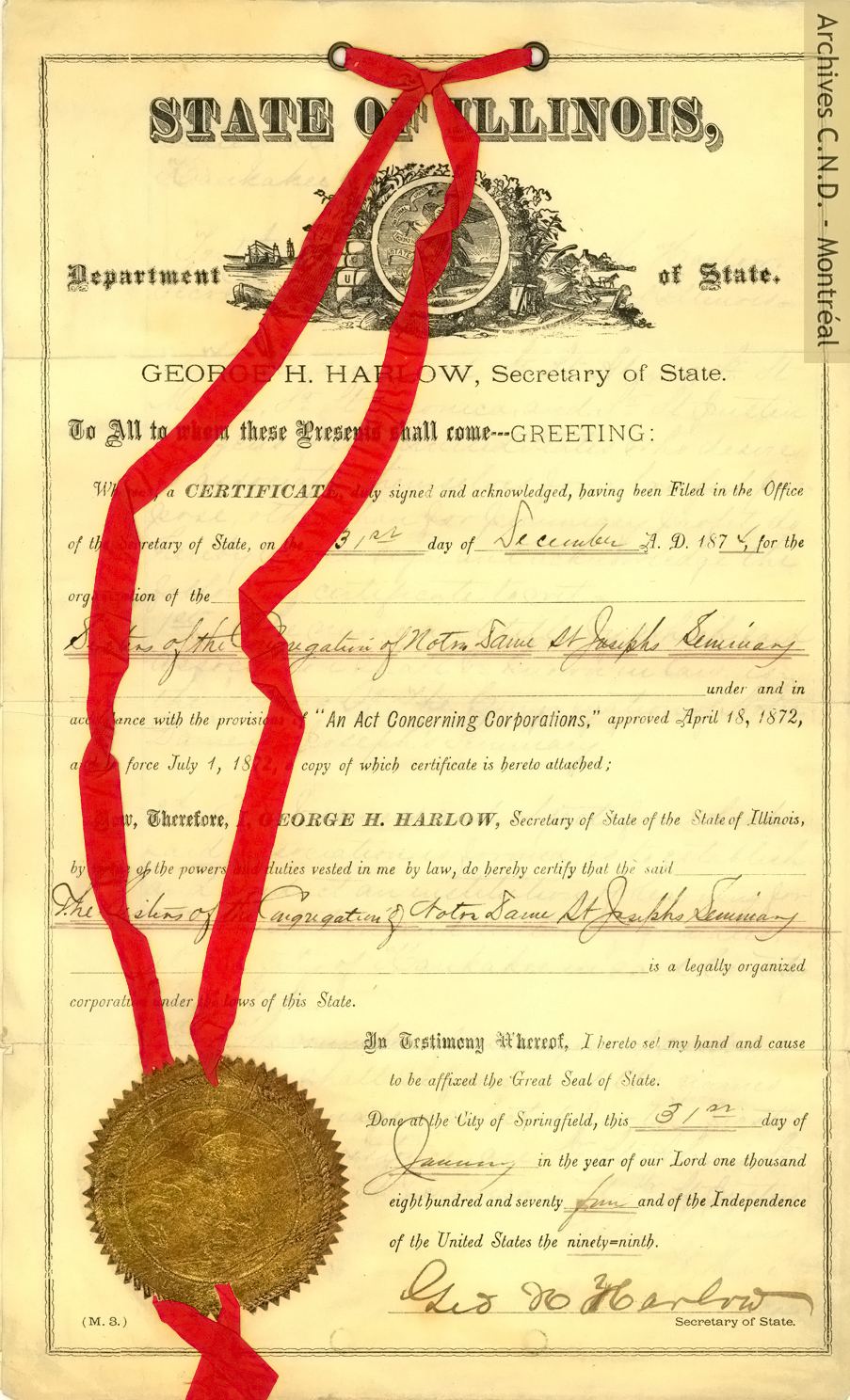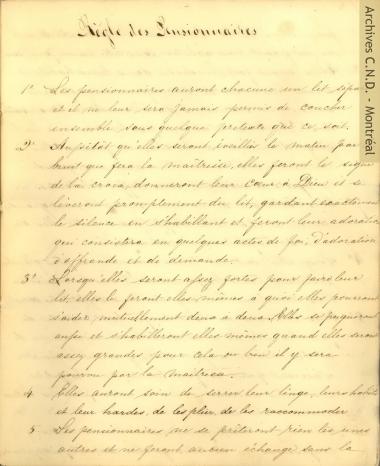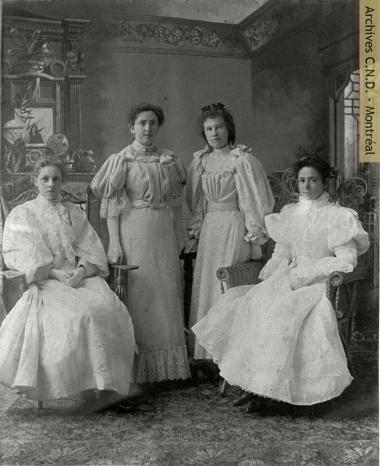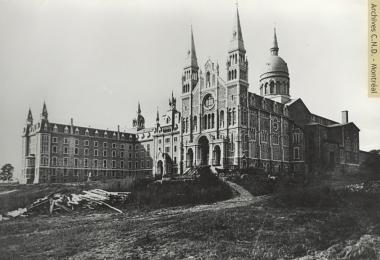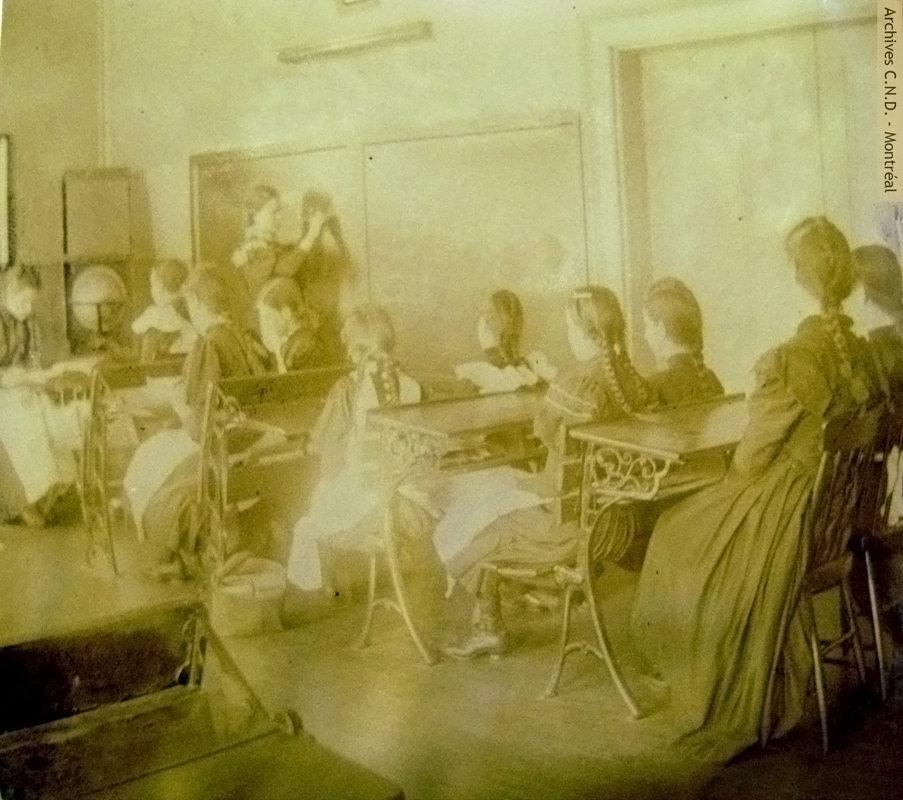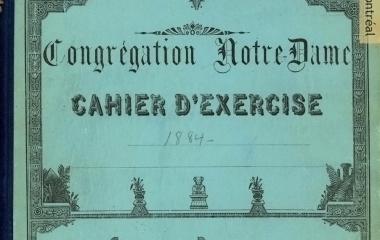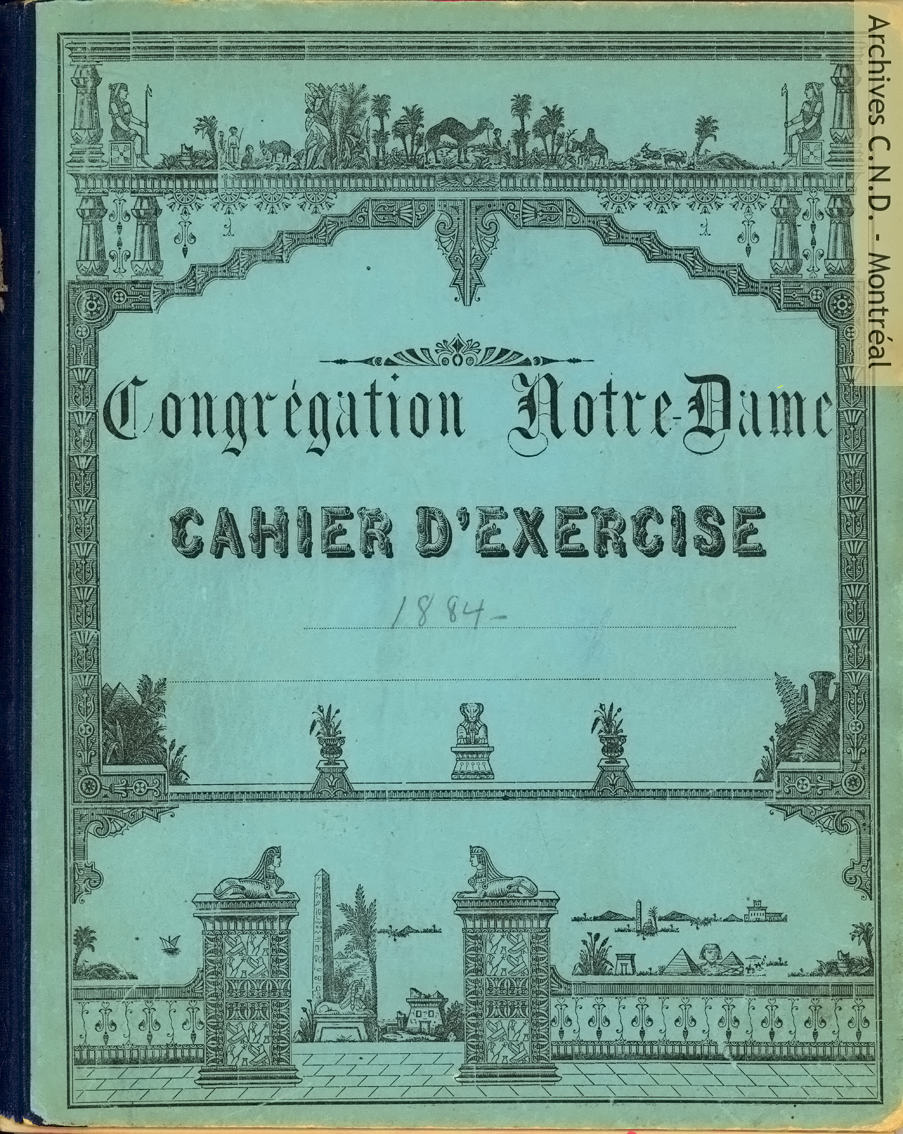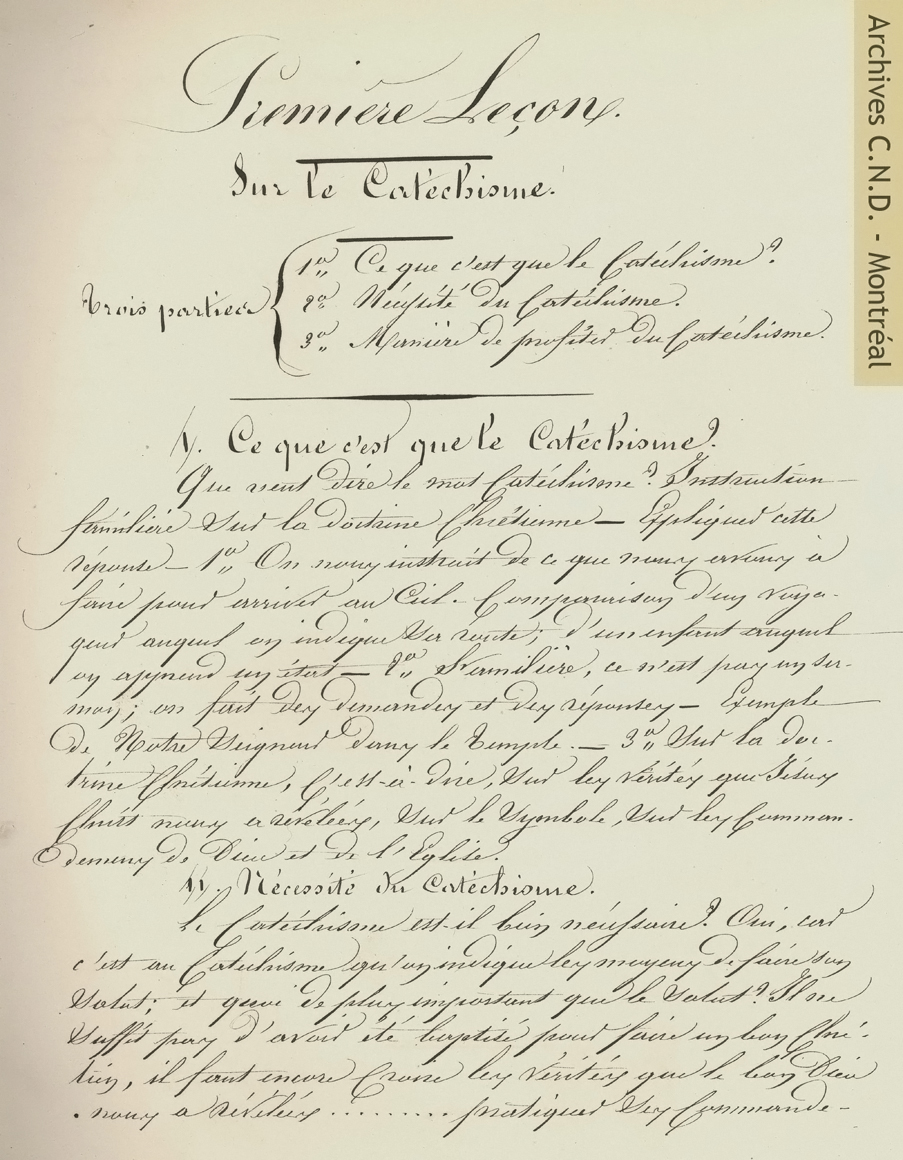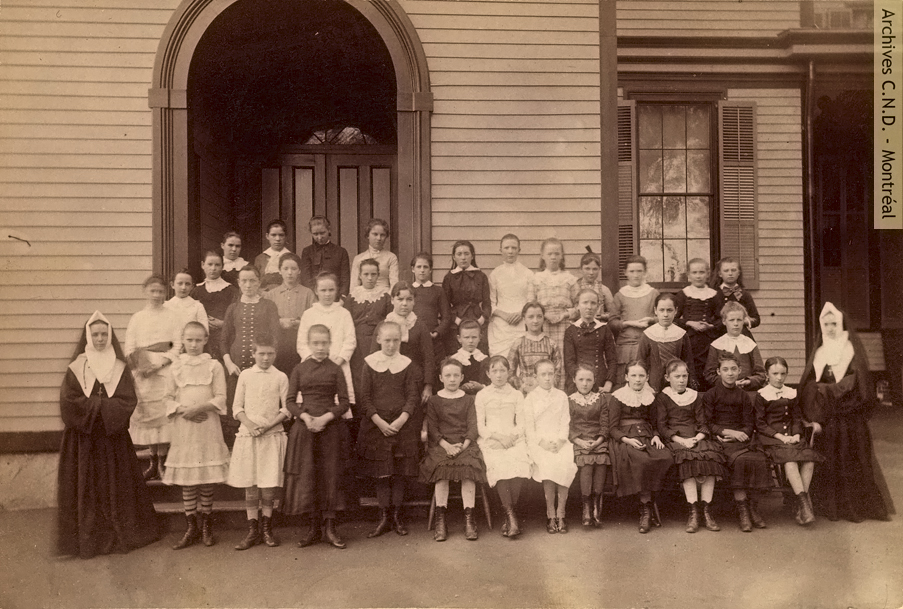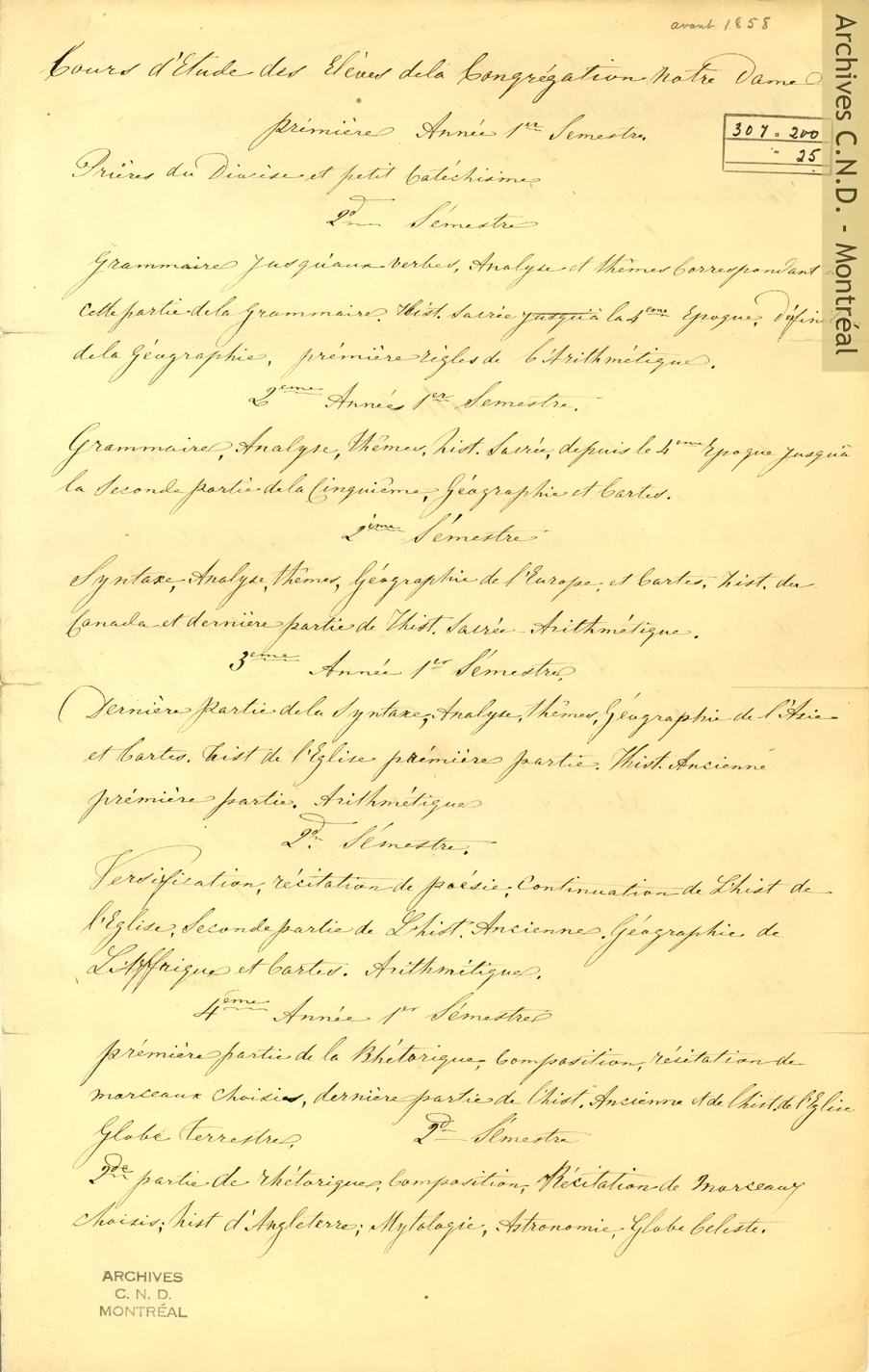In 1867 the regions of Canada at last took on a more lasting form of constitutional relationship. In that year the British North America Act united the provinces of Nova Scotia, New Brunswick, Quebec and Ontario to create the Dominion of Canada. The motto of the country that still exists today was drawn from Psalm 72: “May he have dominion from sea to sea.” Manitoba and the North West Territories, from which the provinces of Saskatchewan and Alberta would be formed in 1905, were added to the union in 1870, British Columbia in 1871 and Prince Edward Island in 1873. With the exception of Newfoundland, the Canada we know today took shape.
This was the era in which the great railroads were built to link the country from coast to coast. It was also time of continued immigration especially to the West, of increasing industrialization and, in central Canada, of the movement of rural population into the growing cities. The union of 1867 did not bring to an end tensions among the three “founding peoples”, the Native Peoples, the French and the English. In some cases it exacerbated them. This is evidenced in the dispute known as the Manitoba School Question and in two armed rebellions involving the Métis in western Canada. Building the country continued to demand leaders capable of reconciling differences and educators capable of teaching their students how to get along with one another.

